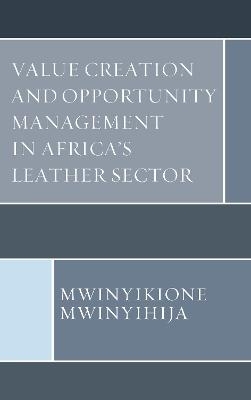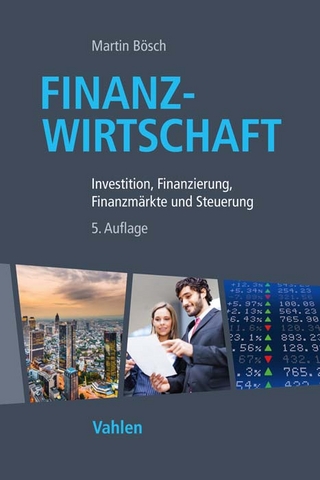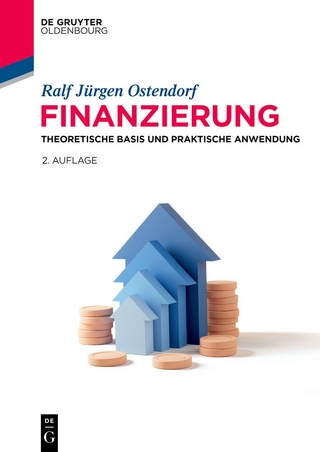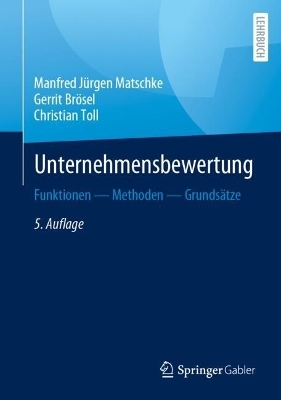
Value Creation and Opportunity Management in Africa's Leather Sector
Hamilton Books (Verlag)
978-0-7618-7000-5 (ISBN)
The scope of the study reported in this book entails understanding the constraints and providing potential diagnostics to Africa’s leather sector, which is otherwise globally, one of the most lucrative agro-based industries in the world, estimated at over US$ 130Billion. One of the principle core thematic aspects of the leather sector is, characteristically, its long value chain with multiple socio-economic dimensions. These entail employability, creation of wealth, gender parity and rural development. Thusly, in an effort to stimulate scholarly discussion, the study argues that preemptively, the problems facing the leather value chain stratums are high losses, low value addition initiatives and unexplored opportunities that are synonymous with the Africa’s leather industry. Indeed, the results of the research conceptualized opportunity management as a critical panacea towards value addition strategy for the leather sector in developing countries. In dealing with this concept, the book evaluated the various value chains phases and identified nine specific issues and variables drawn between value addition and the main leather strata. With this background, the study posed a main question and four sub questions to closely expound on related hypotheses and in lieu pursue four thematic aspects: trade, productivity, competitiveness, and innovation covered in twelve chapters of the book. Conclusively, the book manages to successfully conceptualize as a novelty that opportunity management is integral towards developing a leather value addition strategy for the developing countries with particular emphasis to Africa.
Prof. Mwinyikione Mwinyihija, is a chartered Fellow of various acclaimed internationally recognized professional organizations where he is currently serving COMESA-Leather and Leather Products Institute (COMESA/LLPI) as Executive Director since 2013.He holds Degrees in the following fields: Ecotoxicology of the tanning Industry, Management and Remediation of Tannery Waste, Opportunity management; Value addition strategy for the leather sector; and Management Sciences. Currently, he provides leadership in the leather sector in disciplines such as Ecotoxicology and Value Chain Analysis of the leather sector and is also a mentor, reviewer, examiner, researcher, author and publisher of peer reviewed books, papers and presentations at global and regional levels.
Chapter 1: Introduction
1.1 Statement of the Problem
1.2 Importance of the Study
1.3 Research Design and Approach
1.4 Research Questions and Hypotheses
1.5 Assumptions, Limitations and Delimitations
1.5.1 Assumptions
1.5.2 Limitations
1.5.3 Delimitations
1.6 Expected Findings
1.7 Definition of Terms
1.7.1 Organization of the Study
1.8 Summary
Chapter 2: Opportunity Management and its Relevance to Leather Value Addition
2.1 Introduction
2.1.1 Objective of the Review
2.2. Value Addition
2.2.1 Characteristics of Value Addition
2.2.2 Leather Sector Performance
2.2.3 Livestock and Raw Material
2.2.4 Leather Processing
2.2.5 Leather Goods
2.3 Value Chain Composition and Analysis
2.3.1 Value Chain Composition
2.3.2 Value Chain Analysis
2.4 Opportunity Management
2.5 Strategy for the Leather Value Chain
2.6 Revealed Gaps in the Review
2.6.1 Comprehensive Leather Value Chain Analysis
2.6.2 Opportunity Management Criteria
2.6.3 Concept Driven Strategies
Conclusion
References
Chapter 3: Emerging Leather and Leather goods Trends and Continental Shifts
3.1 Introduction
3.2 Exports Trend of Hides and Skins Worldwide
3.3. Comparative Review of Leather Processing
3.3.1 Factors of Success on Selected Countries
3.3.2 Preview of Africa’s Leather Sector
3.3.3 Value Chain Performance
3.4 Leather Footwear Industry
3.4.1 Opportunities to the Leather Sector
3.5 Opportunities in Africa
3.6 Conclusion
References
Chapter 4: The Intrigues of Leather of Value Addition Initiatives in Africa
4.1 Introduction
4.1.1 Background.
4.2 Purpose of the Study
4.3 Performance Trends in the Leather Sector
4.3.1 Production patterns at Global, Africa and Selected Country Level
4.3.2 Impact to Socio-Economic Indicators
4.4. What are the Problems of the Leather Sector in Africa?
4.4.1 Kenya as an Example
4.5 Importance of Value Addition Chains
4.5.1 Complexities of the Leather Value Chain
4.5.2 Intrinsic and Extrinsic Factors of Leather Value Addition
4.6 Strategy Towards Leather Development
Conclusion
References
Chapter 5: Diagnostics and Redefined Novel Approach ‘Triple Helix’ Towards Africa’s Leather Development
5.1 Introduction
5.2 Methodology
5.3 Analysis and Presentation of Results
5.3.1 Gender and Age Group in Leather Strata
5.4 Discussion of Results
5.4.1 Limitations
5.5 Conclusion
References
Chapter 6: Prognosis of the Africa’s Leather Sector Upheavals, Challenges and Antidotes Related to Value Creation; A Case Study of Kenya
6.1 Introduction
6.1.1 Background
6.1.2 Purpose of the Study
6.2. Leather Sector’s Role in the Economy
6.2.1 Dilemma Towards Value Addition
6.3 Roadmap Towards Vision 2030
6.3.1 Are There Any Indications of Value Addition Initiatives in the Leather Sector?
6.3.2 Market Potential and Opportunities
6.3.3. Investment Preview
6.3.4 Challenges and Possible Interventions to the Roadmap
Conclusion
References
Chapter 7: Trade Analysis of Africa’s Leather Value Chain Strata
7.1 Introduction
7.1.1 Purpose of the Study
7.1.2 Research Question and Hypothesis
7.2 Methodology
7.2.1 Sample Size
7.2.2 Sampling Procedures
7.2.3 Data Collection Methodology
7.3. Analysis and Presentation of Results
7.3.1 Trade
7.4. Discussion of Results
7.5. Conclusion
References
Chapter 8: Competitiveness as a Preamble to Value Addition related to the Leather Sector
8.1. Introduction
8.1.1 Research Question and Hypothesis
8.2. Methodology
8.2.1 Sample Size
8.2.2 Sampling Procedures
8.2.3 Data Collection Methodology
8.3. Analysis and Presentation of Results
8.3.1 Competitiveness
8.4. Discussion of Results
8.5. Conclusion
References
Chapter 9: Productivity as a Fundamental Aspect of the Leather Value Chain Development
9.1. Introduction
9.2. Methodology
9.2.1 Sample Size
9.2.2 Sampling Procedures
9.2.3 Data Collection Methodology
9.3. Analysis and Presentation of Results
9.3.1 Productivity
9.4 Discussion of Results
9.5 Conclusion
References
Chapter 10: Innovation as Key to Development of the Leather Value Chain
10.1 Introduction
10.2 Research Questions
10.3 Theoretical Framework
10.4 Methodology
10.5 Results
10.5.1 Technology and Research
10.6 Research and Development (R&D)
10.6.1 Innovation Towards Processing or Product Development
10.7 Discussion
10.8 Conclusion
References
Chapter 11: Conclusions and Recommendations
11.1 Summary of the Results
11.2 Discussion of the Results and Conclusions
11.3 Limitations
11.4 Implications for Theory and Research
11.5 Implications for Practice
11.6 Recommendations
11.6.1 Professional Practice/Practitioners
11.6.2 Further Research
11.7 Conclusion
References
| Erscheinungsdatum | 03.11.2018 |
|---|---|
| Verlagsort | Lanham, MD |
| Sprache | englisch |
| Maße | 162 x 239 mm |
| Gewicht | 612 g |
| Themenwelt | Technik |
| Wirtschaft ► Betriebswirtschaft / Management ► Finanzierung | |
| ISBN-10 | 0-7618-7000-8 / 0761870008 |
| ISBN-13 | 978-0-7618-7000-5 / 9780761870005 |
| Zustand | Neuware |
| Haben Sie eine Frage zum Produkt? |
aus dem Bereich


